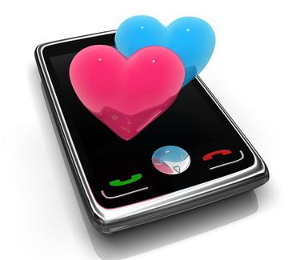This Body Language Cue Can Make Or Break A Date
- Monday, April 18 2016 @ 06:47 am
- Contributed by: ElyseRomano
- Views: 1,234

You know what they say about first impressions. Choose the wrong profile photo and a potential match will swipe left without ever reading the text. Open with a groan-worthy pickup line and the conversation will end before it’s even started. A new date is sizing you up in seconds, and even the smallest details count.
A recent study of speed dates and online dating profiles found that body language plays an important role in how we evaluate romantic prospects. Subjects who assumed expansive postures with open arms and stretched torsos were almost twice as likely to be rated as attractive, and much more likely to be asked out on a “real” date.
In the new study, published in the Proceedings of the National Academy of Sciences, Tanya Vacharkulksemsuk and her colleagues examined videos of 144 speed dates from a 2007 event held at Northwestern University. Each date was paired for 4 minutes at a time, and afterward each dater reported their level of interest on a scale of one to 10 for a variety of categories. They also indicated if they would be interested in continuing to pursue any of their dates.
Each video was additionally reviewed by a team of experts who were unaware of the experiment's goals, but were trained to recognize and record behaviors linked to attraction, such as laughing, smiling, and nodding.
Upon examining the videos, a pattern began to emerge. “Within milliseconds, we can pick up a suite of information about a person,” says Vacharkulksemsuk, “with social dominance and hierarchical standing being one of those things.” In the case of romantic entanglements, the same posture appeared over and over again in individuals who were rated as highly attractive.
“In general, we see an enlargement of the amount of space that a person is occupying, in contrast to contractive postures with arms and legs held close to the torso,” explains Vacharkulksemsuk. Open body language signals that you are relaxed, friendly, confident, and trustworthy - all qualities that are typically considered desirable in a partner.
When we meet people in real life, we don’t see them as static. Their body language constantly evolves over the course of an encounter, and our evaluations evolve along with it. Now that online dating is commonplace, we’re often forced to judge based on a fixed image - and not only that, but given the speed at which many singles flip through profiles, we also have to make those judgments more rapidly.
There’s plenty of room for error in that system, and Vacharkulksemsuk notes that determining all the factors involved in those snap judgments won’t be easy, but this study is a step in that direction. Now that you know the importance of this particular body language clue, you can consider it when choosing your next profile photo.




